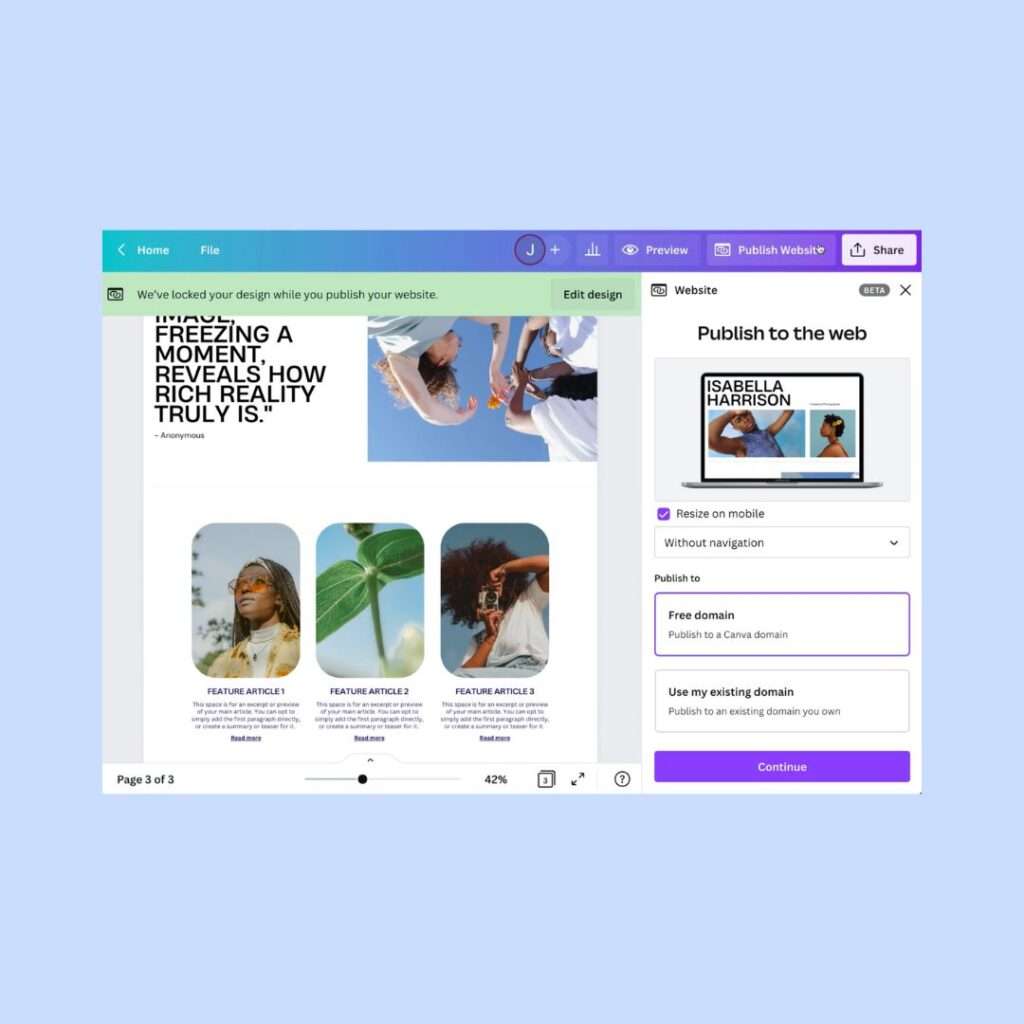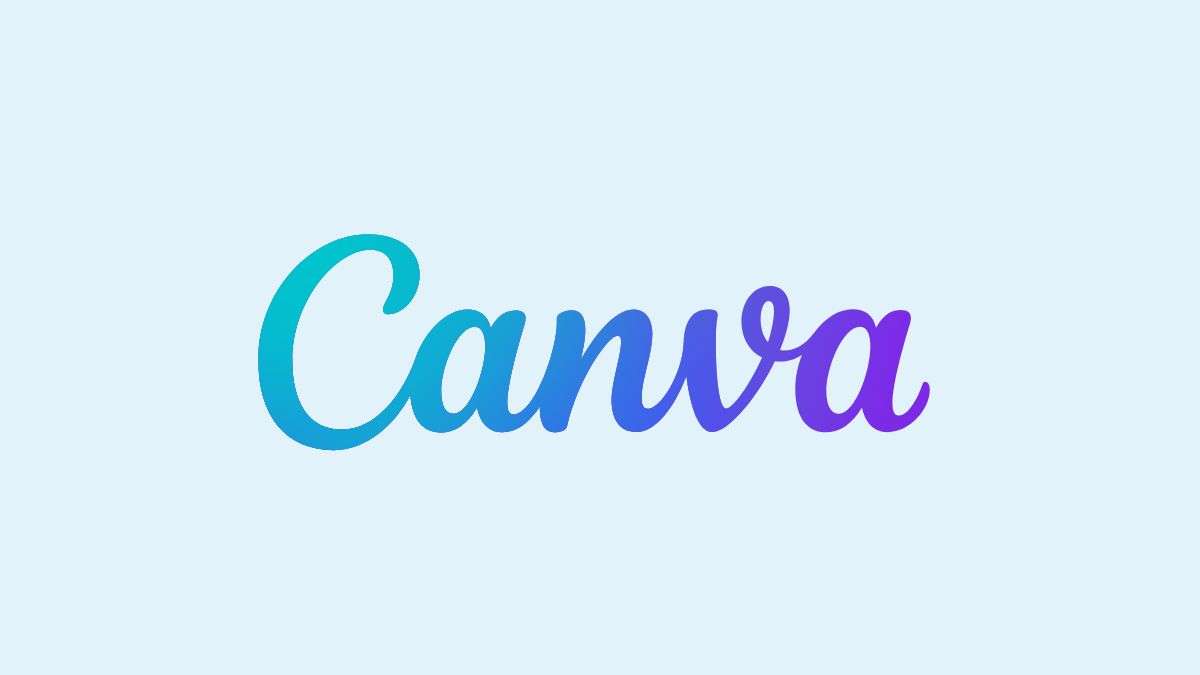Table of Contents
- Introduction
- The Genesis and Early History of Canva
- Evolution and Growth of Canva
- Canva’s Impact on Creativity
- How Canva Transforms Publishing
- Conclusion
Introduction
This write-up chronicles the genesis and history of Canva, examining how it has transformed creative work for millions worldwide. By delving into Canva’s backstory, we’ll uncover key insights into how the platform became such a catalyst for creativity.
Unleashing creativity is a captivating concept. As technology evolves, new tools emerge that promise to help us unlock our creative potential. One such tool is Canva, the popular graphic design platform. But to truly understand Canva’s impact, it helps to explore its origins.
Canva’s rise from scrappy startup to global sensation holds valuable lessons. By studying the vision, innovations, and challenges that shaped Canva, we gain perspective on the ingredients behind its success. This background gives us context for how profoundly Canva has impacted modern creativity.
The history of Canva is equal parts inspiration and intrigue. As we traverse its origins, growth, and creative legacy, we’ll gain insight into the platform’s far-reaching ripple effects. Canva’s accessibility has made graphic design intuitive for all. Its journey reminds us that we all have creative potential waiting to unfold with the right tools. This background sets the stage for an eye-opening adventure.
The Genesis and Early History of Canva
Canva was founded in 2012 by Melanie Perkins, Cliff Obrecht, and Cameron Adams. The inspiration behind Canva came from Perkins’ experience running a printing business. She found that many small business owners struggled to design their marketing materials and often resorted to basic templates.
This sparked the idea for Canva – a graphic design platform that would make quality design accessible to everyone. Perkins aimed to “democratize design” and empower beginners to create professional-looking graphics with minimal effort.
Revolutionizing Graphic Design
The initial vision for Canva was to be the world’s easiest design program. The key innovations included a drag-and-drop interface, a vast library of templates and assets, and built-in design suggestions to guide beginners. Canva sought to break down the complexity of graphic design into simple, intuitive tools.
The mission was to enable users without formal training to produce polished designs for their personal and professional needs. This could save small business owners time and money while allowing them to maintain a cohesive brand identity across marketing materials.
Early Challenges and Milestones
As a startup, Canva faced challenges securing funding and product-market fit early on. However, some key milestones during the first few years include:
- Raising $3 million in seed funding in 2013
- Launching the first version of Canva in 2013 with basic editing features
- Reaching 500,000 users by 2014
- Expanding the template library and editing capabilities in 2015
Through continuous product iteration and simplifying the user experience, Canva grew its user base rapidly. The focus remained on empowering non-designers to create with ease.
Evolution and Growth of Canva
Started as a small startup in 2012, Canva’s original goal was to make graphic design simple and accessible to everyone. In the early days, Canva focused on building an easy-to-use online design platform that required no technical skills.
A few key decisions and innovations fueled Canva’s tremendous growth over the years:
Strategic Partnerships
Canva formed key partnerships with organizations like YouTube, Google Drive, Dropbox, and Zoom to integrate Canva’s design tools into their platforms. This made Canva ubiquitous and drove rapid user adoption.
Freemium Model
Offering a free basic version of Canva alongside paid premium options created a viral growth loop. The free tools hooked people, while premium subscriptions and enterprise sales drove revenue.
Drag-and-Drop Functionality
Enabling drag-and-drop image, shape, and text elements made graphic design extremely simple for novices. This intuitive interface was key to Canva’s appeal.
Today, Canva has become a global design juggernaut valued at over $40 billion. Over 60 million monthly active users leverage Canva to design everything from social media posts to presentations, posters, apparel, and more. The company continues to innovate by acquiring other startups to expand its toolset.
Most importantly, by making professional graphic design accessible to the masses, Canva has helped democratize design and unlock creativity for people worldwide without formal training in the field.
Canva’s Impact on Creativity
Canva has had a profound impact on how people approach design and creativity. By providing easy-to-use graphic design tools to everyone, Canva has transformed design from an exclusive skill mastered by professionals to an intuitive process accessible to all.
Democratizing Graphic Design
Before Canva, creating professional-looking graphic designs often required specialized software, technical skills, and artistic talent that were out of reach for most people. However, with its drag-and-drop interface, customizable templates, and a huge library of fonts, images, and graphics, Canva has effectively democratized design.
Anyone, regardless of background, can quickly create stunning designs for personal and professional use. According to one survey, over 75% of Canva users have created graphics for social media, presentations, blogs, marketing materials, and more. This demonstrates how integral Canva has become in empowering everyday creativity.
Unlocking Visual Communication Potential
By democratizing design, Canva has also unlocked the potential for easy visual communication. Visuals have become indispensable in the digital world, whether for social media posts, presentations, blogs, or websites. Canva’s tools have made it seamless for anyone to translate ideas into sleek, visually engaging graphics.
For example, marketers now have access to professional design capabilities to independently create high-converting social media posts, digital ads, and other assets. Educators can spruce up their teaching materials with eye-catching presentations. Bloggers can take their content to the next level with captivating images and infographics. All this facilitates more effective and dynamic communication.
Fostering Creativity and Self-expression
On a personal level, Canva has fostered more avenues for people to channel creativity and self-expression. From customizing visuals for your hobbies, interests, or small business to designing personalized gifts for loved ones, Canva’s tools make it simple and fun. The learning curve is also low – with a few clicks, anyone can feel like a designer and enjoy the rush of visually bringing imaginative ideas to life.

This sense of empowerment and accomplishment goes a long way in boosting creativity. Canva’s global design community, with over 120 million monthly users, is a testament to this movement of embracing visual creativity. As Canva continues enhancing its product offerings, its accessibility will likely inspire more people worldwide to unlock their latent creativity. The company predicts over 2 billion Canva users in the next ten years, promising an even more visually vibrant digital landscape.
How Canva Transforms Publishing
Canva, an online graphic design and publishing platform, revolutionizes the publishing process through several key mechanisms. It democratizes design by providing user-friendly, drag-and-drop tools and a vast array of templates, making professional-looking design accessible to those without extensive graphic design skills or the resources to hire a designer. This capability naturally extends to publication design, enabling users to create various publishable documents, including flyers, brochures, social media graphics, presentations, and even ebooks.
In transforming publishing, Canva leverages cloud technology to enable collaborative work. Multiple users can simultaneously work on a single document from anywhere worldwide, fostering real-time collaboration. Changes made are visible instantaneously to all team members, expediting the iterative design process and greatly reducing the time for publication.
Moreover, Canva allows for easy integration and sharing across platforms. Users can publish their designs directly to social media or download them in various formats suitable for online and print publication, aligning with the multi-platform nature of modern media consumption.
Canva’s impact on publishing extends to content democratization because it provides free and paid access to a wealth of stock photos, graphics, and font choices. These resources were once gatekept by cost and the need for subscriptions or purchases from multiple sources. By streamlining access to these resources, Canva reduces the friction in creating visually compelling content.
Furthermore, the platform continuously updates its feature set to reflect the latest design trends and user needs. This iterative responsiveness ensures that users—small businesses, educators, nonprofits, or casual creators—can stay current in their published materials without investing heavily in new software or ongoing training.
By collapsing multiple aspects of the design and publication process into one platform, Canva streamlines the publication pipeline. This has implications for the speed and agility with which individuals and entities can publish, respond to audience feedback, and iterate on their work, which has significant repercussions for the pace and responsiveness of the media landscape.
Conclusion
Exploring the origins and history of Canva has highlighted the platform’s remarkable impact on empowering creativity. By making professional graphic design accessible to all, Canva has enabled millions to unlock their creative potential.
A few key takeaways stand out:
- Canva was founded with the vision to democratize design. Its intuitive tools have torn down barriers to creative expression.
- Strategic innovations and a focus on user empowerment fueled Canva’s rapid growth into a leading design platform.
- By unlocking professional design, Canva has transformed how people approach creative projects and visual communication.
With its ever-expanding features, Canva offers a robust toolkit for taking creative endeavors to the next level. Readers are encouraged to:
- Explore Canva’s versatile layouts, fonts, images, and editing tools to enhance visual projects.
- Leverage Canva’s collaboration features to co-create with remote teams.
- Tap into Canva’s design inspiration and education resources to nurture creativity continually.
The history of Canva illustrates that innovation thrives when technology puts power in users’ hands.
